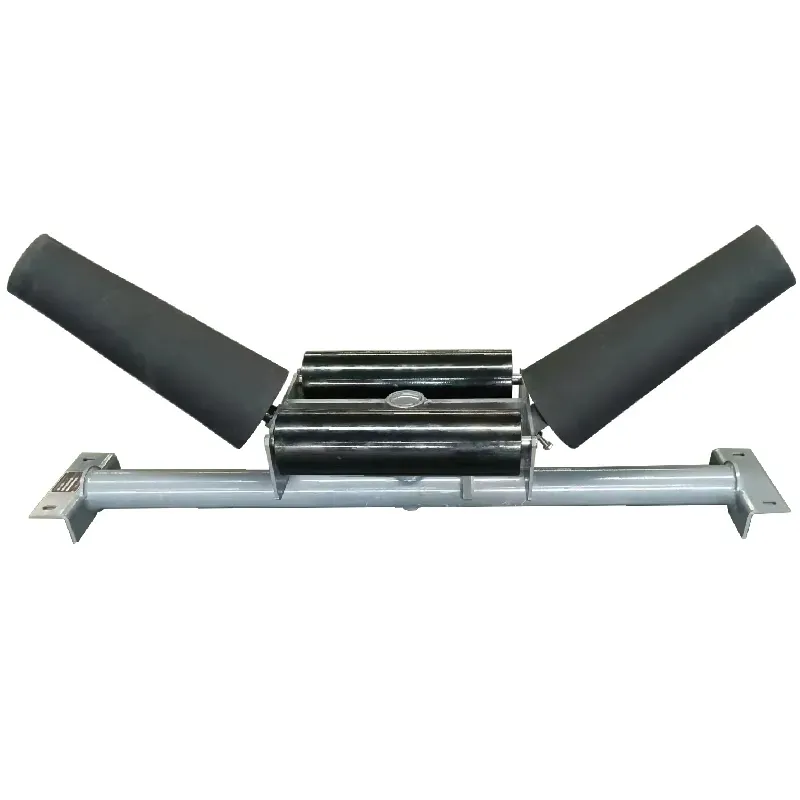 Afrikaans
Afrikaans  Albanian
Albanian  Amharic
Amharic  Arabic
Arabic  Armenian
Armenian  Azerbaijani
Azerbaijani  Basque
Basque  Belarusian
Belarusian  Bengali
Bengali  Bosnian
Bosnian  Bulgarian
Bulgarian  Catalan
Catalan  Cebuano
Cebuano  Corsican
Corsican  Croatian
Croatian  Czech
Czech  Danish
Danish  Dutch
Dutch  English
English  Esperanto
Esperanto  Estonian
Estonian  Finnish
Finnish  French
French  Frisian
Frisian  Galician
Galician  Georgian
Georgian  German
German  Greek
Greek  Gujarati
Gujarati  Haitian Creole
Haitian Creole  hausa
hausa  hawaiian
hawaiian  Hebrew
Hebrew  Hindi
Hindi  Miao
Miao  Hungarian
Hungarian  Icelandic
Icelandic  igbo
igbo  Indonesian
Indonesian  irish
irish  Italian
Italian  Japanese
Japanese  Javanese
Javanese  Kannada
Kannada  kazakh
kazakh  Khmer
Khmer  Rwandese
Rwandese  Korean
Korean  Kurdish
Kurdish  Kyrgyz
Kyrgyz  Lao
Lao  Latin
Latin  Latvian
Latvian  Lithuanian
Lithuanian  Luxembourgish
Luxembourgish  Macedonian
Macedonian  Malgashi
Malgashi  Malay
Malay  Malayalam
Malayalam  Maltese
Maltese  Maori
Maori  Marathi
Marathi  Mongolian
Mongolian  Myanmar
Myanmar  Nepali
Nepali  Norwegian
Norwegian  Norwegian
Norwegian  Occitan
Occitan  Pashto
Pashto  Persian
Persian  Polish
Polish  Portuguese
Portuguese  Punjabi
Punjabi  Romanian
Romanian  Russian
Russian  Samoan
Samoan  Scottish Gaelic
Scottish Gaelic  Serbian
Serbian  Sesotho
Sesotho  Shona
Shona  Sindhi
Sindhi  Sinhala
Sinhala  Slovak
Slovak  Slovenian
Slovenian  Somali
Somali  Spanish
Spanish  Sundanese
Sundanese  Swahili
Swahili  Swedish
Swedish  Tagalog
Tagalog  Tajik
Tajik  Tamil
Tamil  Tatar
Tatar  Telugu
Telugu  Thai
Thai  Turkish
Turkish  Turkmen
Turkmen  Ukrainian
Ukrainian  Urdu
Urdu  Uighur
Uighur  Uzbek
Uzbek  Vietnamese
Vietnamese  Welsh
Welsh  Bantu
Bantu  Yiddish
Yiddish  Yoruba
Yoruba  Zulu
Zulu types of conveyor belt rollers
Types of Conveyor Belt Rollers An Overview
Conveyor belt rollers are essential components in the material handling industry, facilitating the smooth movement of goods and materials. These rollers come in various types, each designed to perform specific functions and cater to different operational needs. Understanding the types of conveyor belt rollers can significantly enhance efficiency and productivity in your material handling processes.
1. Idler Rollers Idler rollers are pivotal in supporting the conveyor belt and the load it carries. They are typically fixed in a stationary position and help maintain the proper tension and alignment of the belt. Idler rollers come in several designs, including plain, grooved, and impact idlers, each suited for different load conditions and applications.
2. Drive Rollers As the name suggests, drive rollers are responsible for powering the conveyor belt. They are connected to a motor and help in transferring kinetic energy to the belt. Drive rollers can be found in various configurations, such as lagged or crowned, to enhance grip and prevent slippage.
types of conveyor belt rollers

3. Return Rollers These rollers serve to support the return side of the conveyor belt, ensuring that it remains stable as it travels back to the loading point. Return rollers can be designed with features like rubber coatings to reduce belt wear and noise during operation.
4. Impact Rollers When heavy materials are transported, impact rollers are employed to absorb the shock and prevent damage to the belt. These rollers are designed to cushion the impact, thereby prolonging the life of the conveyor system and protecting both the belt and the structure it rests upon.
5. Guide Rollers Guide rollers are used to keep the conveyor belt aligned and prevent slippage. They provide support at critical points, ensuring that the belt maintains its path, which is crucial for preventing derailing and ensuring smooth operation.
In conclusion, the selection of appropriate conveyor belt rollers is vital for optimizing the efficiency and longevity of conveyor systems. By understanding the various types—idler, drive, return, impact, and guide rollers—companies can tailor their conveyor systems to meet specific operational requirements and challenges. Investing in the right rollers not only enhances productivity but also reduces maintenance costs and operational disruptions in the long run.
-
Revolutionizing Conveyor Reliability with Advanced Rubber Lagging PulleysNewsJul.22,2025
-
Powering Precision and Durability with Expert Manufacturers of Conveyor ComponentsNewsJul.22,2025
-
Optimizing Conveyor Systems with Advanced Conveyor AccessoriesNewsJul.22,2025
-
Maximize Conveyor Efficiency with Quality Conveyor Idler PulleysNewsJul.22,2025
-
Future-Proof Your Conveyor System with High-Performance Polyurethane RollerNewsJul.22,2025
-
Driving Efficiency Forward with Quality Idlers and RollersNewsJul.22,2025





























